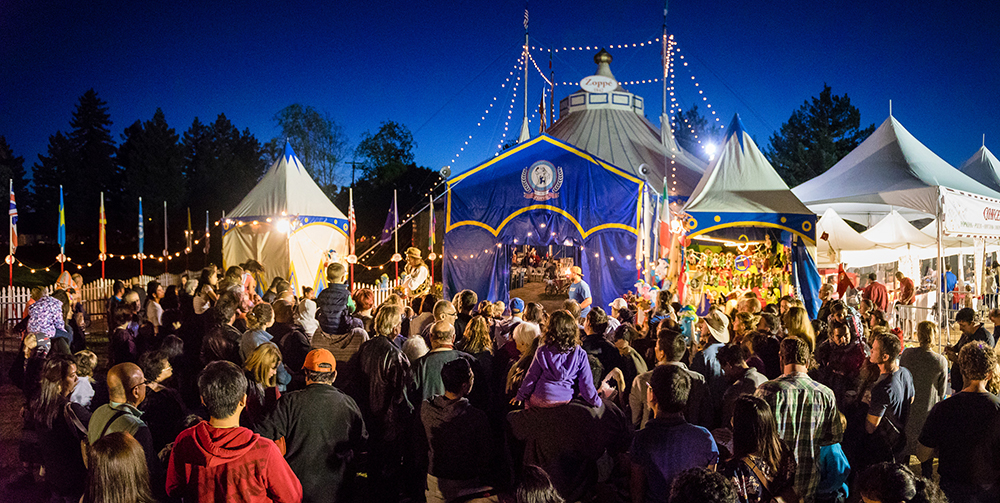by Tina Rosales, housing advocate at Western Center on Law & Poverty
Imagine coming home one day to find a notice on your door stating in bold letters:
TO ALL TENANT(S) AND ALL OTHER PERSONS IN POSSESSION: YOU ARE HEREBY NOTIFIED…
there is now due and unpaid rent for said premises. You have three days to tender the full amount of rent owed or your rental agreement shall terminate and you shall be subject to eviction proceedings.
That is what will happen or is already happening to thousands of Californians as the state’s eviction moratorium ends on September 31, 2021. Every day, tenants get notices demanding rent they cannot pay due to the pandemic, as billions of federal dollars meant to relieve tenants and pay landlords sits in the bank.
Many – probably most readers of this piece – have no idea what to do or where to turn for help. Most tenants are unaware that there is funding available to help them. All but a few fortunate tenants will have no legal representation.
Before and during the pandemic, I represented tenants in eviction defense proceedings throughout Los Angeles, where over 60 percent of people are renters. On any given day, I’d walk into eviction court and see at least 30 people, almost all people of color, without an attorney. The landlords, many of whom were corporations, had legal representation. Nationally, only three percent of renters have an attorney when they’re forced into eviction court — 81 percent of landlords do. The odds are not in tenants’ favor.
A bill currently in the State Assembly, AB 1487, could change that by creating a fund to even the playing field for both tenants and landlords. AB 1487 doesn’t just provide funds for desperately needed legal representation, it also provides community-based pre-eviction intervention and mediation services. The combined elements of the bill are especially critical now, as the pandemic rages on and people are still unable to find jobs and pay rent.
AB 1487, sponsored by Housing Now, Inner City Law Center, Legal Aid Association of CA, and Western Center on Law and Poverty, will hit the floor of the Senate for a vote just before Labor Day. If it gets bipartisan support, passes, and is signed by the Governor, it would prioritize legal access for California’s 17 millions renters.
I think about the stakes for the tenants I saw every day, many of them desperate for an attorney to represent them only to find that their day in court had already come and gone, and that they have to move.
One tenant, an elderly Black woman with severe disabilities and limited education, came into my office with a long stipulation agreement stating that she had to pay all back rent, all attorney’s fees, and move within two weeks. She didn’t understand that she had signed something saying she must move and pay those costs, especially since she only withheld the rent because her landlords refused to make repairs – which was her legal right. With the limited number of attorneys able to defend her, the best I could do was give her counsel, advice, and resources so she wouldn’t end up homeless after leaving her rent controlled home of over 30 years.
Overwhelmingly, Black women with children are the most at risk of eviction; then Latinx and Native American renters, when compared to white renters. To add to the recipe of inequality, most California landlords are corporations with the funds and resources to win in court, an advantage renters don’t have. Mom and Pop landlords exist, but a disproportionate number of landlords in California are corporations whose priorities include making shareholders happy, not keeping communities safe and stable.
The consequences for tenants can include losing their home, exacerbating medical issues including the spread of COVID-19, and a substantial increase in stress, anxiety, depression, and other underlying medical issues. It can stop a child from going to school if they change districts, or even cause a parent to fear their child will be taken away because they don’t have a place to live.
An eviction in someone’s rental history often stops them from getting a home or rental in the future, destabilizing life well beyond the eviction. With so much at stake, it’s reasonable to assume renters have a right to representation in eviction court, but in California, that’s not yet the case.
This year, I made the tough decision to stop practicing law to become a policy advocate and make systemic changes like those in AB 1487 that address the unjust evictions I saw every day as an attorney. I want to ensure that people who find an eviction notice pinned to their door know there is legal help they can turn to.
Tina Rosales is a Policy Advocate at Western Center on Law & Poverty, where she focuses on land use policies, housing production for people with low to no income, landlord/tenant law, homelessness, fair housing, and other housing related issues. Previously, Tina worked for Neighborhood Legal Services of Los Angeles County, where she worked on landlord/tenant litigation and homelessness issues.









